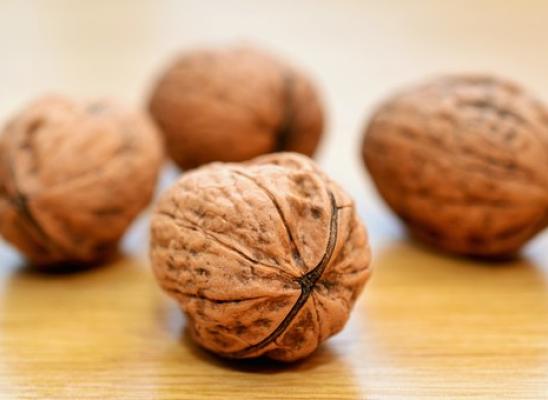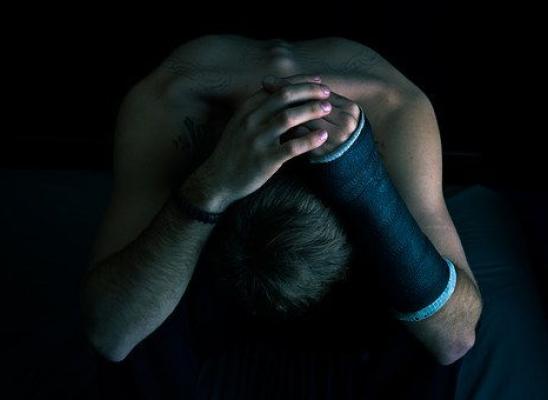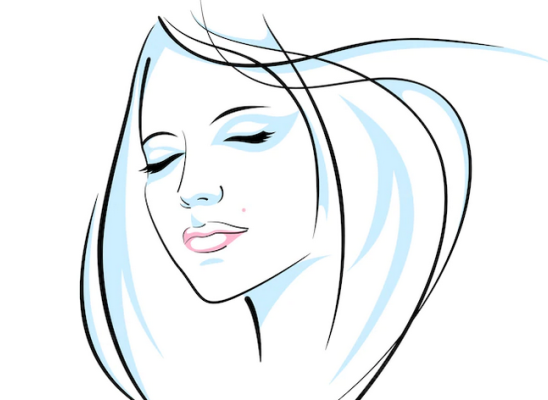Trichotillomania and Comorbidity
Online test
Find out the severity of your symptoms with this free online test
Trichotillomania, or hair pulling disorder has previously been classified as an impulse control disorder. However, the most recent edition of the DSM5 now categorizes disorders such as hair pulling disorder and skin picking disorder as body-focussed repetitive behaviours (BFRBs), under the classification “Obsessive-Compulsive and Related Disorders”.. This new classification suggests that hair pulling disorder falls under the same spectrum, but is different to obsessive compulsive disorder (OCD). The question then is whether OCD and trichotillomania co-occur and if so how common it is. One study that examined the comorbidity and family genetics of childhood trichotillomania, found that the subjects had substantial psychopathology and that a history of obsessive compulsive symptoms was common. One of the criteria for diagnosis of trichotillomania is that the hair pulling behaviour impacts negatively on functioning. The social withdrawal and feelings of isolation are often linked to feelings of depression, while the onset of hair pulling disorder is attributed to feelings of anxiety. As a result many researchers have examined the comorbidity of trichotillomania with other disorders of the mind.
Trichotillomania and OCD
Due to the repetitive nature of the pulling behaviours, trichotillomania has for a long time been considered as a possible obsessive compulsive disorder. New classification acknowledges that compulsive hair pulling may arise from the same spectrum of disorders as OCD by grouping these together on axis II of the DSM5. The main difference between trichotillomania and OCD is that hair pullers report a pleasurable gratification when pulling the hair whereas people with OCD do not experience pleasure from the action, yet feel compelled to do it anyway. Another important aspect of OCD is the presence of obsessive, recurrent thought patterns that lead to compulsive action. In trichotillomania the urge to pick is not necessarily related to any specific obsessive thought, and can occur automatically. One study examining the prevalence of hair pulling in OCD inpatients found that of the OCD respondents 15.6% had moderate to severe hair pulling, and 7.8% had severe hair pulling . The study also found that women and early-onset OCD patients appear to be more vulnerable to comorbid hair pulling.
Trichotillomania and Mood Disorder
A study involving 303 adult outpatients with major depression revealed that as many as 5% endorsed symptoms of hair pulling disorder. BFRBs such as trichotillomania characteristically provide a sense of release or satisfaction at the time of the behaviour. People with depression experience intense feelings of helplessness, hopelessness and despair. It is therefore not surprising that hair pulling is adopted by people with depression. The problem is that as the person seeks out these feelings of satisfaction the pulling behaviour increases and so does the urge to pull and this is when trichotillomania starts to develop. On the flip side, compulsive hair pullers often experience feelings of shame and guilt after pulling their hair. Over time these negative thoughts and feelings about themselves can lead to the development of depression. Another study found that 27% of a sample who had trichotillomania also had a mood disorder.

Trichotillomania and anxiety disorder
A case study reviewing the literature on the prevalence of comorbidity with trichotillomania, found studies reporting as many as 55% of individuals who have trichotillomania to also have comorbid psychiatric diagnoses such as mood and anxiety disorders. Many trich sufferers describe themselves as anxious, with some describing the onset of hair pulling behaviours as a response to intense feelings of anxiety. Therefore it stands to reason that anxiety disorders can be a precipitating factor to start pulling and hence trichotillomania and other BFRBs developing.
Trichotillomania and other BFRBs
Part of the reason for trichotillomania being reclassified as a BFRB and as a separate disorder on the spectrum of OCD is that it has been found to frequently occur comorbidly with other BFRBs such as dermatillomania (skin picking disorder), onycophagia (nail biting disorder), among others. One study examined the evidence for comorbidity of trichotillomania and dermatillomania, and concluded that the two disorders co-occur more often than can be expected by chance, indicating a high comorbidity. Another study examined the clinical correlation between trichotillomania and trichophagia (hair eating disorder) and found that of the 68 subjects 20.6% reported current trichophagia, and an additional 13.2% ate their hair or the root episodically. Interestingly the study also found that this co-occurrence was more prevalent among males with more severe cases of trichotillomania.
Holistic care is key
It is evident that trichotillomania, as with all the BFRBs are complex in nature and has psychological and emotional effects that inevitably correlate with other mental disorders. It is therefore imperative that health professionals are cognisant of the potential existence or development of these comorbid conditions and treat the individual holistically.
Online test
Find out the severity of your symptoms with this free online test
Start your journey with TrichStop
Take control of your life and find freedom from hair pulling through professional therapy and evidence-based behavioral techniques.
Start Now



